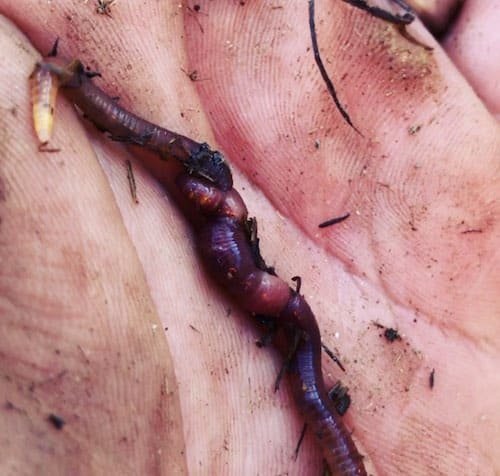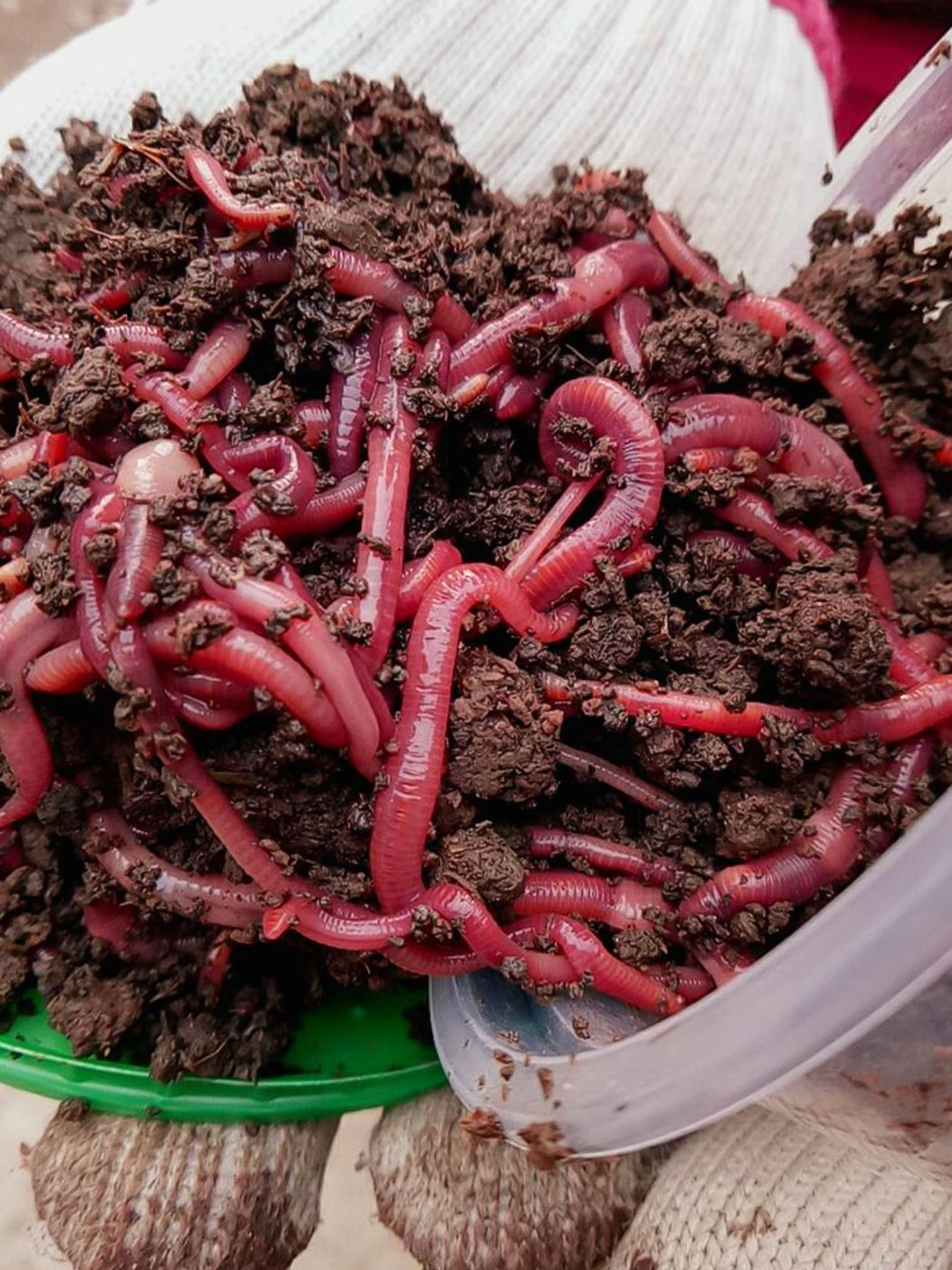Red Wigglers 101: Every Little Thing You Required to Know for Thriving Gardens
Red wigglers, or Eisenia fetida, play an important function in lasting horticulture practices, offering as effective decomposers that convert organic waste into valuable vermicompost. Recognizing their environment, dietary choices, and the myriad advantages they offer can change your gardening method.
Comprehending Red Wigglers

Red wigglers prosper in settings abundant in organic material and dampness. Red Wiggler Express. They possess a special digestive system that enables them to refine food scraps rapidly, secreting castings that are packed with vital nutrients such as nitrogen, phosphorus, and potassium. These castings enhance soil structure, improve water retention, and foster advantageous microbial activity, all of which contribute to robust plant health
Moreover, red wigglers can survive in varied problems, making them versatile to different horticulture practices, including interior and outside composting systems. Their capability to consume huge amounts of natural waste day-to-day settings them as important allies for both home garden enthusiasts and commercial farmers. By incorporating red wigglers into gardening initiatives, one can significantly boost dirt fertility and support sustainable gardening methods.
Suitable Environment for Red Wigglers
Creating an optimal atmosphere for red wigglers is important for optimizing their composting abilities and total wellness. Red wigglers grow in damp, dark, and well-aerated environments, which carefully resemble their natural surroundings in fallen leave litter and decaying natural issue. An appropriate environment needs to supply a temperature variety between 55 ° F and 77 ° F(13 ° C to 25 ° C), as extreme temperature levels can worry or hurt the worms.
The bedding product, such as shredded newspaper, cardboard, or coconut coir, ought to be maintained damp but not overly wet, as too much wetness can result in anaerobic conditions harmful to worm wellness. In addition, a pH degree in between 6.0 and 7.5 is excellent, making certain a well balanced atmosphere.
Correct aeration is just as important; it enables oxygen circulation and avoids the buildup of harmful gases. A container or container made for vermicomposting must have drainage openings to eliminate excess wetness and promote air flow. Regular monitoring of these conditions is essential for keeping a flourishing red wiggler population, ultimately boosting their efficiency in damaging down organic waste and enhancing yard soil.
Dietary Demands and Preferences

Red wigglers show specific preferences; they are especially warm of softer, disintegrating materials over more difficult or more fibrous materials. It is necessary to avoid feeding them citrus peels, onion, and garlic in big quantities, as these can be harmful. In addition, meat, dairy products, and oily foods need to be omitted, as they can draw in insects and create undesirable smells.
(Red Wiggler Express)Environment-friendly products, such as vegetable scraps, give nitrogen, while brownish products, like cardboard and dried out leaves, supply carbon. By providing to their nutritional needs, gardeners can foster a growing populace of red wigglers in their compost systems.
Benefits of Making Use Of Red Wigglers
The amazing benefits of using red wigglers in horticulture prolong far beyond their role in composting. These versatile organisms add significantly to dirt wellness, improving nutrition accessibility and advertising microbial task. By aerating the soil as they burrow, red wigglers boost drain and root penetration, creating an optimum environment for plant growth.
Additionally, red wigglers are effective recyclers of organic waste, converting it into nutrient-rich spreadings that serve as an exceptional all-natural plant food. These spreadings include useful microbes and important nutrients, such as nitrogen, phosphorus, and potassium, which are crucial for plant advancement. The sluggish launch of nutrients from worm spreadings makes sure a steady supply, lessening the risk of nutrient leaching and promoting sustainable horticulture methods.
In addition, the presence of red wigglers can assist reduce soil-borne plant diseases. Their gastrointestinal processes generate compounds that inhibit hazardous microorganisms, therefore enhancing plant wellness. Using red wigglers cultivates an extra sustainable gardening method by reducing reliance on chemical plant foods and promoting a closed-loop system, where waste is changed into beneficial resources. Overall, including red wigglers right into horticulture methods supplies a wide range of eco-friendly and farming benefits.
(Charlotte NC Worms For Sale)
Composting With Red Wigglers

To start an effective vermicomposting system, pick an appropriate container with proper air flow and water drainage. The perfect environment for red wigglers includes a damp, dark setting with temperature levels in between 55 ° F and 77 ° F. Begin by layering shredded paper, cardboard, and food scraps, making sure a balanced mix of carbon and nitrogen-rich products.
Red wigglers flourish on vegetable peels, fruit scraps, coffee grounds, and eggshells, while staying clear of meat, dairy, and oily foods that can attract pests. Regularly keep an eye on moisture degrees; the bedding should be wet yet not soggy. Harvest worm castings every few months by separating the worms from the garden compost, which can then be utilized directly in gardens or kept for later use.
Implementing vermicomposting not just decreases landfill waste however also enriches yard soil, promoting healthy and balanced plant growth and lasting horticulture methods. Embrace this environment-friendly method to boost your horticulture ventures.
Conclusion
In summary, red wigglers are essential organisms for boosting garden productivity via effective composting. Their certain habitat needs, nutritional choices, and considerable benefits add to lasting horticulture techniques. By making use of red wigglers, garden enthusiasts can substantially enhance dirt quality and nutrient schedule, cultivating much healthier plant growth. Accepting the practice of vermicomposting not only sustains waste decrease but also promotes an ecological equilibrium within garden ecosystems, inevitably resulting in growing and durable gardens.